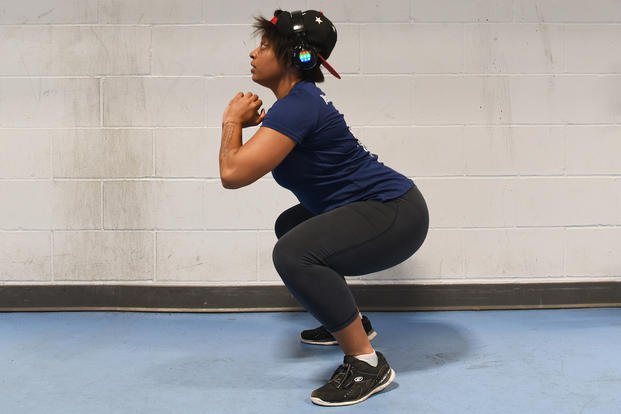A question came from a gentleman who was once fairly active, former military, but had not done anything in about five years, other than an occasional weightlifting session at his gym.
"How do I get back into working out again without killing myself after a five-year hiatus?"
What I recommend for situations like this is to start off easy. So many times, I have seen people start off Day One with a three- to four-mile run because "that is what they used to do." This philosophy also can be seen in the weight room with people lifting heavier weights than they should at first. Depending on your goals and your chosen method of exercise, I would start off doing the following:
Week 1
Add only stretching to your fitness routine. Walking and biking is fine, too, but do not run or lift weights during Week 1. Stretching should be done twice daily for about 10-15 minutes each session. Warm up your body and joints with a fast walk, jumping jacks and jump rope for about 2-3 minutes. Once warm and just about to break a sweat, start stretching your arms, legs, lower back and abdominal region.
Add water to your diet: This week of hydrating will help you prepare for a week of additional caloric burning and keep you cooler during your first exercise day in Week 2. For every 100 pounds of body weight, drink a half-gallon of water a day. I weigh roughly 200 pounds, and I drink at least a gallon a day. This helps the body burn fat more efficiently. In fact it takes two things to burn fat as your energy source: Water oxygen = fat burning. The oxygen comes from either the aerobic exercise of walking or running or anaerobic exercise of calisthenics and weight lifting.
Week 2
If running is your ultimate goal, try a safe running program as written in my Military.com article "Running Plan for Marathons."
This is a safe way to build up from not running in a while. It may even be wiser to run a few minutes and walk a few minutes until you get accustomed to the demands on your heart, lungs and legs.
If you choose weightlifting, I would recommend using Week 2 as a calisthenics base week. Do push-ups, crunches, lower-back exercises or try some pull-ups or assisted pull-ups. You can add lightweight dumbbells for biceps curls, triceps extensions and military presses, with repetitions up to 10-15 times. For your legs, do not do weight squats or half-squats if your knees are previously injured. This easy-paced week will help alleviate the pain of working joints and large muscle groups for the first time in several years. These exercises are pictured in the above free eBook and will help you go from zero to 60 at an easy pace that more than likely will keep you free from injury.
Good luck. For a great reference, check out the Stew Smith article guide.
Stew Smith is a former Navy SEAL and fitness author certified as a Strength and Conditioning Specialist (CSCS) with the National Strength and Conditioning Association. Visit his Fitness eBook store if you're looking to start a workout program to create a healthy lifestyle. Send your fitness questions to stew@stewsmith.com.
Want to Learn More About Military Life?
Whether you're thinking of joining the military, looking for fitness and basic training tips, or keeping up with military life and benefits, Military.com has you covered. Subscribe to Military.com to have military news, updates and resources delivered directly to your inbox.


















